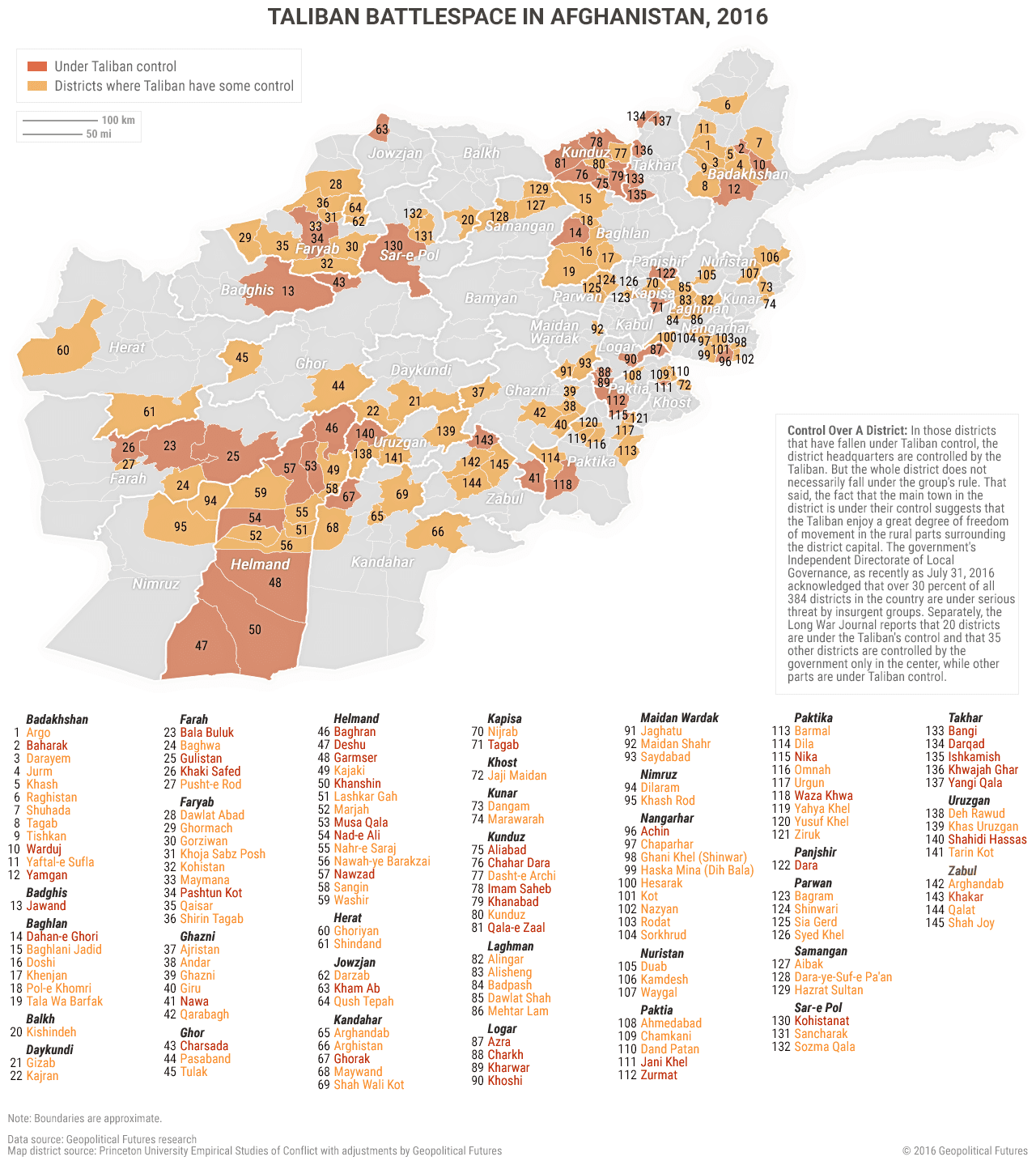by C. Uday Bhaskar
The audacious terror attack on a brigade headquarters in Uri in the early hours of Sunday, September 18, that resulted in the death of 17 Indian soldiers and injured over 20 troops is a very serious operational lapse. That four armed terrorists could kill so many soldiers in a fortified army camp is an illustration of the asymmetrical advantage that has progressively accrued to the adversary.
The loss of uniformed personnel in this manner against a determined and opaque adversary in the proximity of the LoC (Line of Control) draws attention to two interlinked issues: The complexity of the proxy war that Indian security forces have been dealing with in Jammu and Kashmir for 26 years and the chinks that the enemy is able to periodically exploit with impunity.





